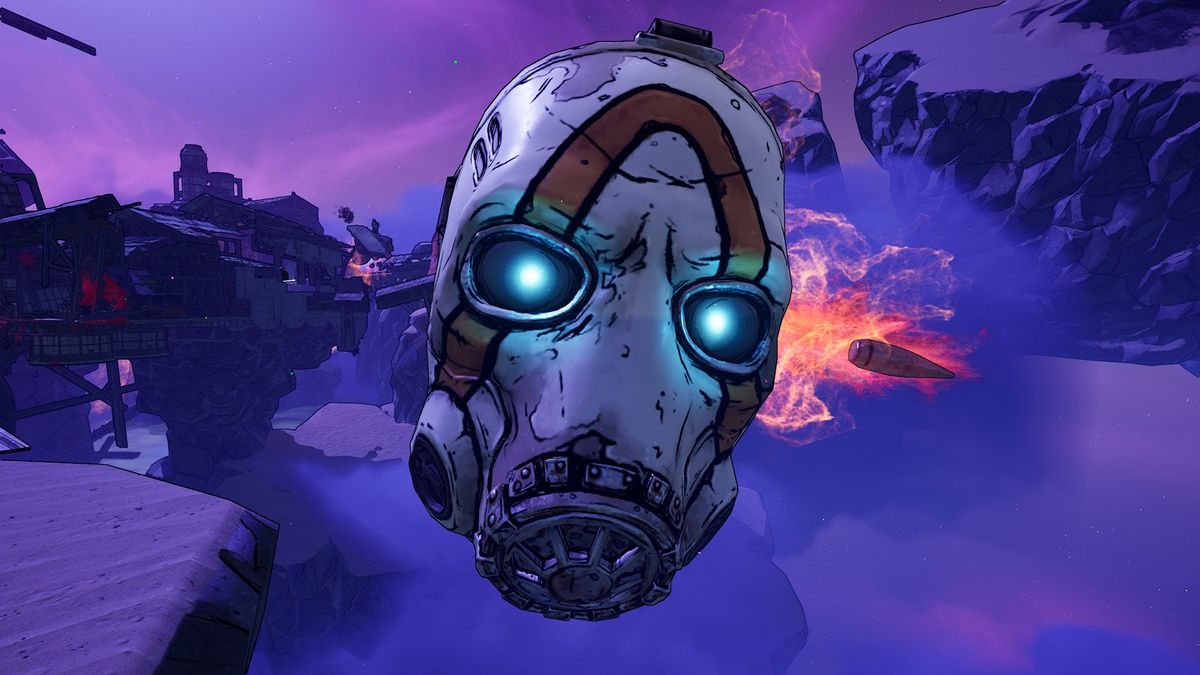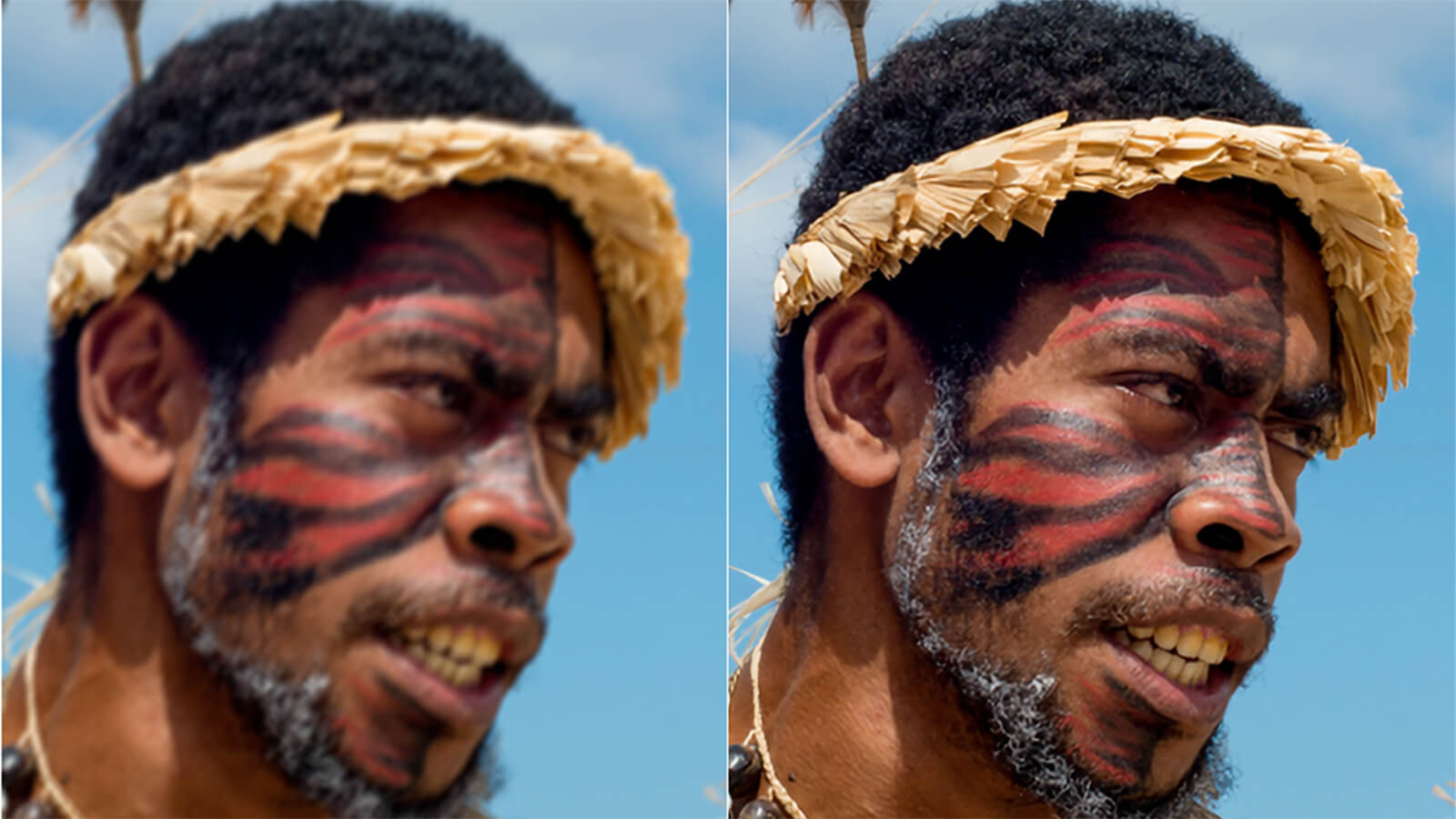IntentionalPun
Ask me about my wife's perfect butthole
If you remove triangles, you're removing information, as well as detail. How can you not be?
They are talking about it in reference to displaying the image at 4k resolution. Or at any number of pixels at any size as the size of the displayed object changes from being closer/nearer the player. There are only ~8 million pixels at 4k, a model with 1 billion tris is still going to display with.. ~8 million pixels at 4k. They are scaling the model itself to those resolutions automatically (likely to the 20 million polygon model at first on import into the engine, then to smaller models depending on the actual display resolution + distance from player... because you CANT store a bunch of billion poly models reasonably for a game, and it would be pointless to do so). The only actual DATA we see on the screen are the lit up pixels. So from the standpoint of presentation, there is no loss in detail.
edit: to be clear it generates >4k assets for disk storage, I think 8k; along with 8k textures, which it can also scale.
Last edited:




